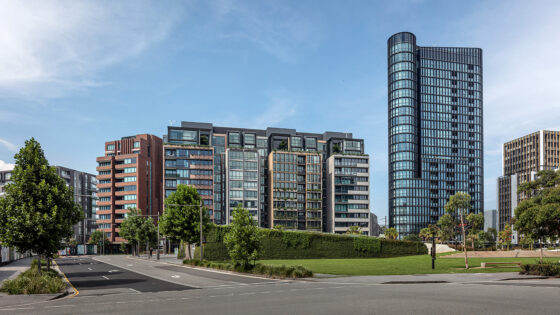
2025 NSW Architecture Awards
Three SDS projects have been recognised for design excellence at the Australian Institute of Architects (AIA) NSW Chapter Awards.
More
Three SDS projects have been recognised for design excellence at the Australian Institute of Architects (AIA) NSW Chapter Awards.
More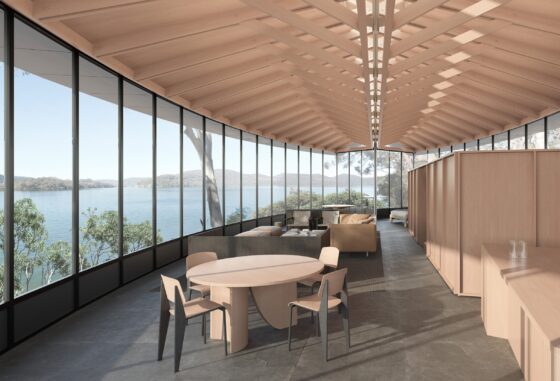
We are excited to share the news that the development application was recently approved for a small house on the Hawkesbury River.
More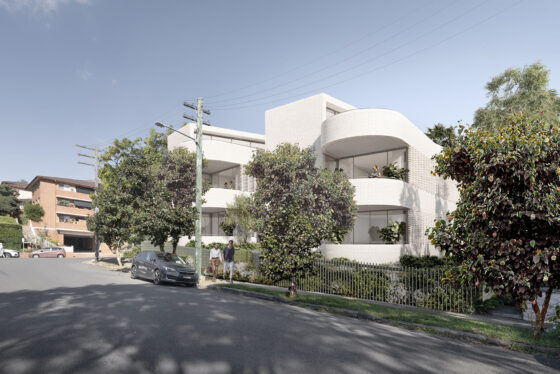
Development Application has been approved for Clovelly 357, a sculptural boutique residential building with five luxurious apartments.
More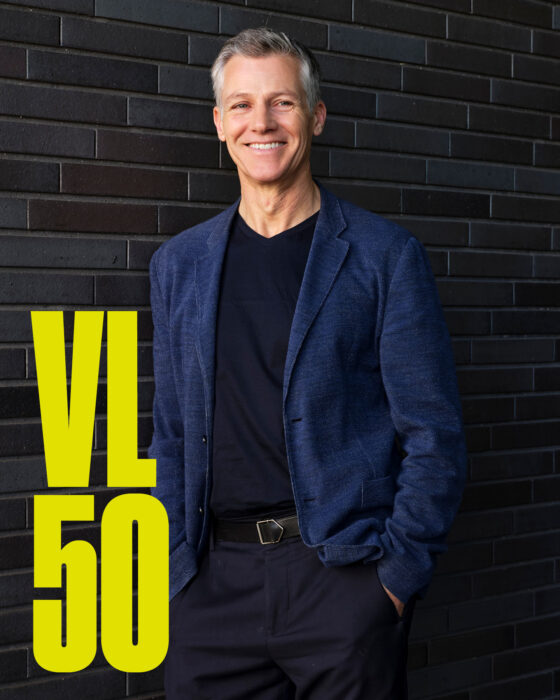
The March April issue of Vogue Living is out and we are thrilled to have made the #VL50 list. A big thank you to the talented editorial team and congratulations to all the other creatives that feature in the fabulous Very Best of Australian Design edition.
The Local Project produced a video in which principal William Smart shares The Unexpected Things about his apartment.
More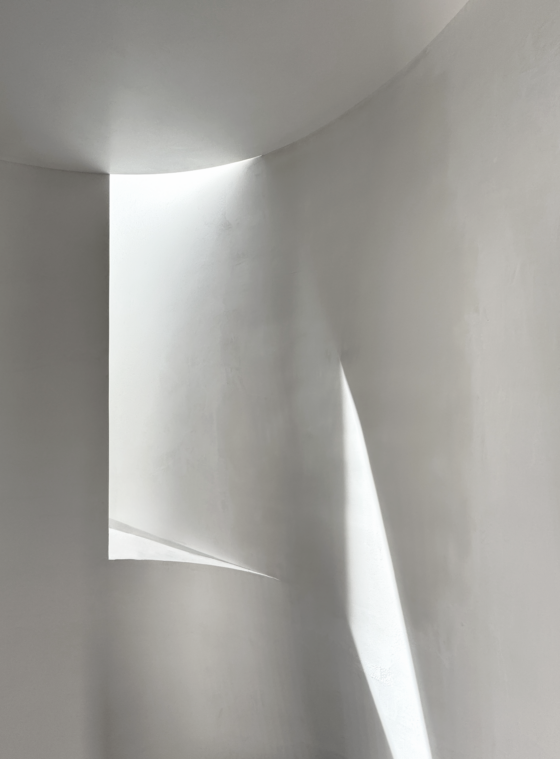
Smart Design Studio will be closed from Friday 20th December 2024 and will re-open on Thursday 2nd January 2025. We would like to thank our amazing clients, consultants, contractors and passionate staff members for making it a wonderful year. We wish you all a safe, happy and restful holiday break.
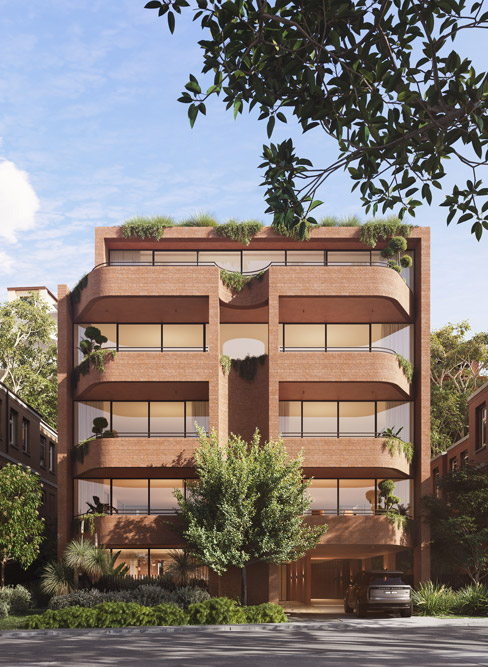
Regency House represents an opportunity to create a luxury residential development by Fortis in the established harbourside suburb of Elizabeth Bay.
MoreWhen designing an architects own home above their own workplace, Smart Design Studio thought of the industrial qualities of the surrounding precinct and how they could bring them into the design of the home of William Smart.
More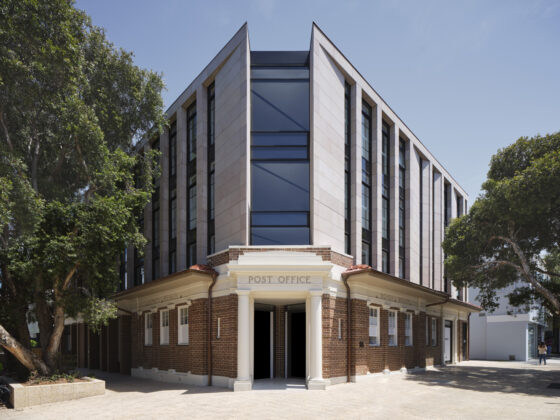
Twenty Hall is a boutique apartment and retail building located metres from Bondi Beach. Comprising ten generous apartments atop a corner retail tenancy, it’s a contemporary extension of the original Bondi Post Office.
More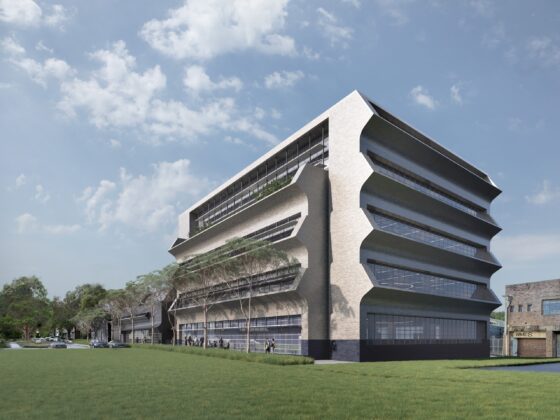
Stokes 18 is a ‘big cousin’ and neighbour to our own studio, Stokes 14. It transitions from the lower scale of the adjoining heritage conservation area to the emerging city centre of Green Square City.
More